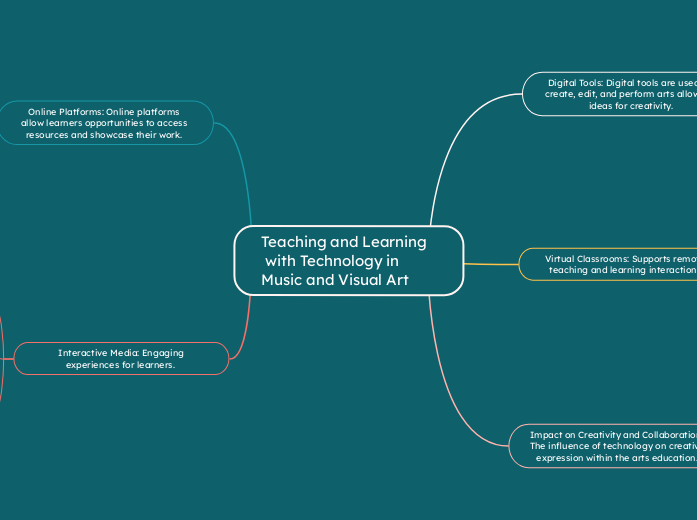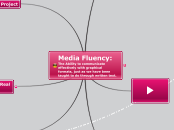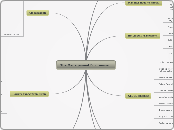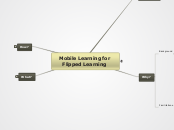av Ashley Cole för 5 månader sedan
58
Teaching and Learning with Technology in Music and Visual Art
The integration of technology in arts education significantly enhances both creative expression and collaborative efforts. Tools like augmented reality and virtual reality provide immersive experiences in visual arts, while music apps and virtual instruments transform music learning into an interactive and engaging process.









